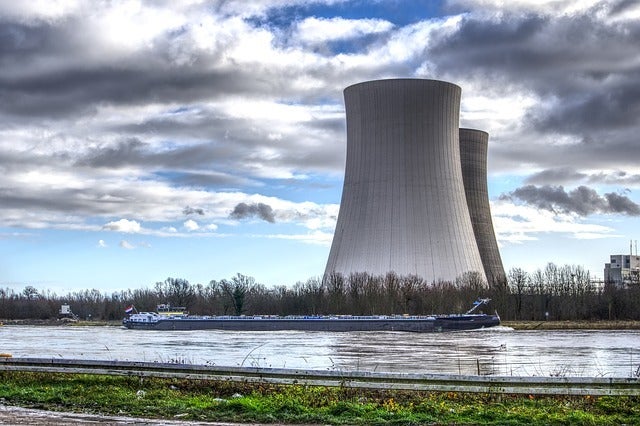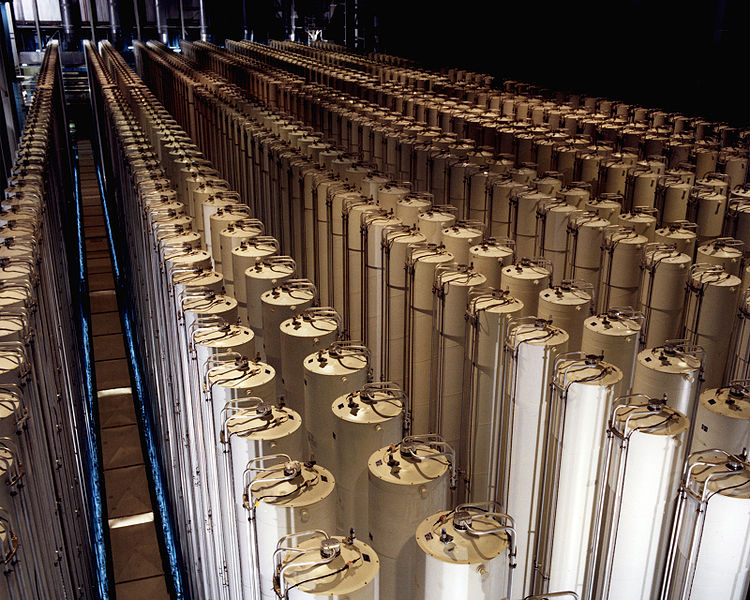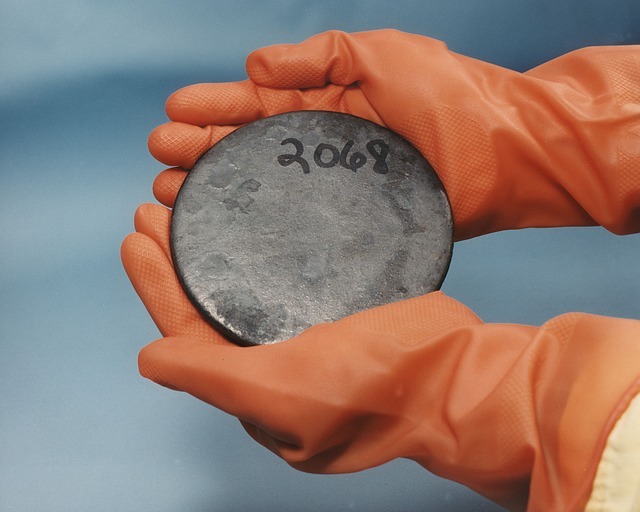
Kazakhstan, Canada and Australia are the major producers of uranium, accounting for more than two-thirds of the world’s production of uranium. With a contribution of 39% to world’s uranium production in 2017, Kazakhstan is the top producer, following by Canada and Australia with 22% and 10%, respectively, according to a report released by World Nuclear Association.
Here is the list of top uranium producing mines in the world:
Cigar Lake
Located in Saskatchewan, Canada, the Cigar Lake mine was estimated to have 537,100 tons of uranium reserves, including proven reserves of 233,600 tons and probable reserves of more than 303,500 tons of uranium. The Cigar Lake deposit is located in the Athabasca basin and forms part of Manitou Falls Formation. The deposit consists of three types of mineralization that include high-grade mineralisation or unconformity mineralisation, perched mineralisation and basement rock mineralisation.
The mine was commissioned in 2014, with commercial beginning in May 2015. The McClean Lake mill, operated by AREVA Resources, is used to process Cigar Lake’s ore. The Cigar Lake produced 6,924 tons of uranium in 2017, accounting for 12% of the world’s production. It is operated by Cameco with 50% stake.

McArthur River
Discovered in 1988, the McArthur River mine is mine located about 620km north of Saskatoon, Canada. In 2017, 6,193 tons of uranium was produced from the mine. Holding a stake of 69.8%, Cameco is the operator of the mine. The mine’s output occupied a share of 10% of the world’s total uranium production in 2017.
Mining was started at McArthur River in 1999. The mine is an underground operation handled by remotely operated equipment. Located about 80km south of the mine, the Cameco-operated Key Lake mill processes the ore produced by McArthur River.
Tortkuduk & Myunkum
Owned and operated by the Katco joint venture, the Tortkuduk & Myunkum mines are located in southern Kazakhstan. The joint venture consists of Areva with 51% stake and the Kazakhstan-based company Kazatomprom with 49%.
The Tortkuduk deposit, also known as the North Muyunkum deposit, uses in-situ leaching (ISL) to produce uranium. Production at the Tortkuduk mine began in 2007. The Tortkuduk & Myunkum mines produced 3,519 tons of uranium in 2017, accounting for 6% of the total uranium production in the world.

A billet of highly enriched uranium. Photo courtesy of WikiImages from Pixabay.
Olympic Dam
Located near the town of Roxby Downs 560km north of Adelaide in Australia, the Olympic Dam mine is a poly-metallic mine that is wholly-owned and operated by BHP Billiton. The mine produced 2,381 tons of uranium in 2017.
The mine has been in production since 1988. It is an underground mining operation. The deposit occurs in the basement rocks of the Stuart Shelf geological province in the north of South Australia.
Budenovskoye 2
Owned and operated by Karatau, a joint-venture between Kazatomprom (50%) and Uranium One (50%), the Budenovskoye 2 mine is situated on the Budenovskoye uranium field, located 400km north-west of Shymkent in the Suzak region of South Kazakhstan province.
Commercial operations at the mine were started in January 2009. In-situ leaching mining method is used at the Budenovskoye 2 mine. Using ion exchange technology, an on-site processing facility treats the uranium extracted from the mine. The mine produced 2,381 tons of uranium in 2017.
Inkai
With a uranium production of 2,116 tons in 2017, Inkai is the sixth largest uranium producing mine in the world. Located in Kazakhstan, the mine saw the start of its commercial operations in 2009.






